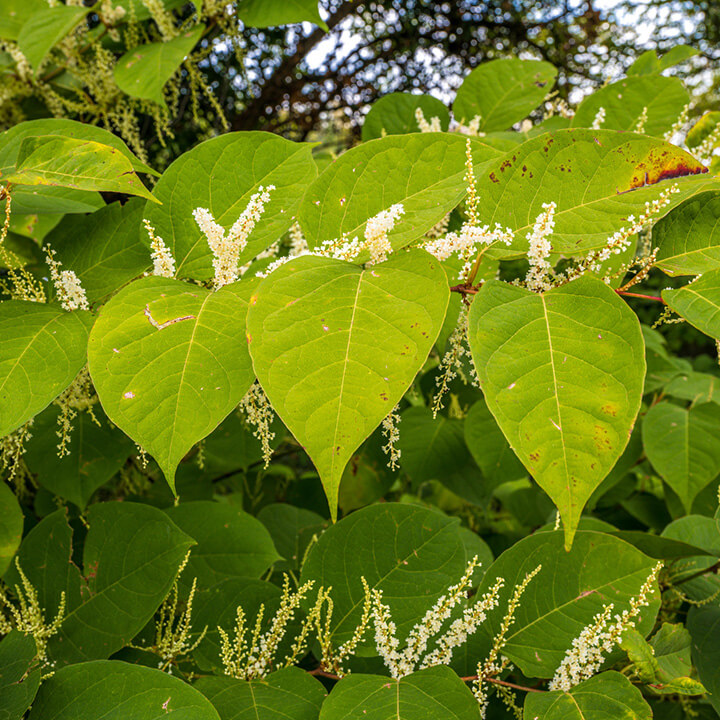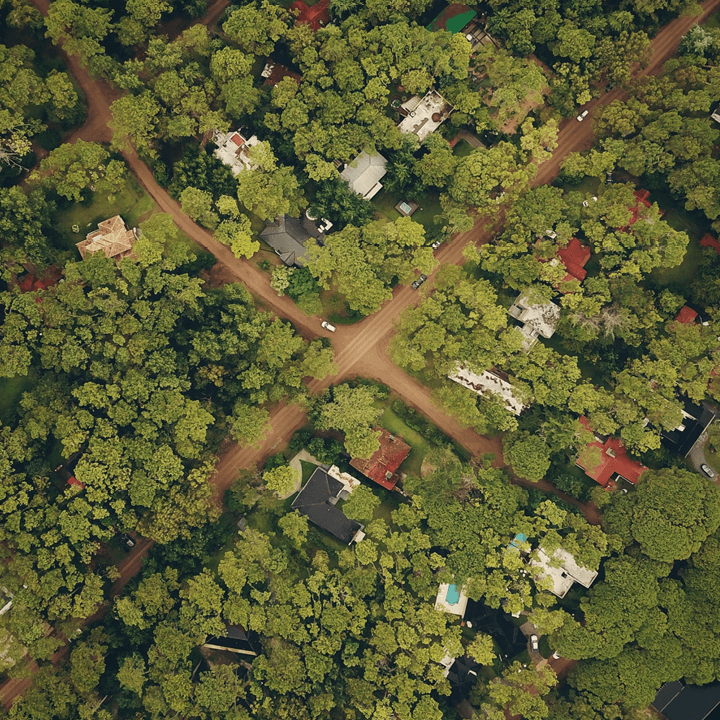Knotweed, nuisance and ongoing ‘blight’
15th March 2023
8 May 2024 STOP PRESS: Certain aspects of this case have been appealed to the Supreme Court (SC). See the SC judgment here and here.
We reported recently on the Supreme Court Tate Modern case. It confirmed that visual intrusion can amount to an actionable interference with land (a legal ‘nuisance’). Also in relation to nuisance, and of particular interest for landowners, occupiers and developers, is the latest Japanese Knotweed Court of Appeal case – the 2023 case of Davies v Bridgend [1]. The case could potentially prompt a run of nuisance claims.

Japanese Knotweed, nuisance and economic loss
It’s well-known that the presence of Japanese Knotweed, a non-native and highly invasive species, can significantly affect the value, marketability and insurability of land and buildings, and it can be incredibly costly and particularly difficult to eradicate.
Back in 2018, in the Network Rail [2] case, the Court of Appeal confirmed that the tort of nuisance does not exist to protect the value of a property as an investment or financial asset (i.e. pure economic loss). Rather, as emphasised recently by the Supreme Court in the Tate Modern case, the purpose of nuisance is to protect the owner or occupier of land in its use or enjoyment of that land. As a result, a claim in nuisance cannot be established simply because the value of property is diminished by virtue of the presence of Knotweed. However, the presence of Knotweed does, inevitably, impose an immediate burden on landowners and therefore can (and almost invariably will) constitute a legal nuisance. Damages in respect of such nuisance are then calculated by reference to the diminution in value by reason of the Knotweed and taking into account the particular characteristics of the property in question.
It’s a subtle and seemingly academic distinction but, as the Court of Appeal’s decision in Davies shows, it can have an important practical impact.
Stigma and ongoing blight
In Davies v Bridgend, the Court of Appeal held that, where a property is affected by Japanese Knotweed, there is a residual diminution in value due to stigma even after it has been treated.
The defendant had argued that this ‘additional’ diminution in value was pure economic loss and, as such, could not be claimed. The Court of Appeal disagreed. It said that such loss was not pure economic loss. In deciding that this additional ‘stigma’ loss constituted interference with the amenity value of the claimant’s land, it was therefore recoverable.
This stigma loss is generally valued at some 3 – 7 % of the unaffected property value. It can therefore be a significant sum.
Knotweed/other contaminants and nuisance: What landowners/developers need to know
A number of nuisance claims have been on hold pending the outcome of Davies. The case may prompt a run of Japanese Knotweed nuisance cases – in particular against local authorities and other bodies (utility and infrastructure companies, rail companies, estate owners, developers who have purchased land for future projects, etc.) who own unoccupied/open land on which Knotweed may run rife and may encroach upon neighbouring occupied land.
Davies may also prompt nuisance claims in respect of other environmental contaminants which may have been remedied, but arguably could still leave a residual blight on land.
Knotweed, nuisance and development disputes: How we can help
Walker Morris’ Commercial Dispute Resolution and Real Estate Litigation experts specialise in advising on all forms of development dispute. We can help from a pre-emptive risk-management perspective, and can provide commercially-focused, strategic advice to ensure minimal disruption and losses to your business if/when complaints or claims are made.
If you have any queries or concerns in relation to Japanese Knotweed or other potentially blighting contaminants; if you have any queries in relation to the law of nuisance, privacy or rights of light in the context of development projects; or if you would like to receive legal and practical training in relation to any development-related issue, please contact us.
[1] [2023] EWCA Civ 80
[2] [2018] EWCA Civ 1514









